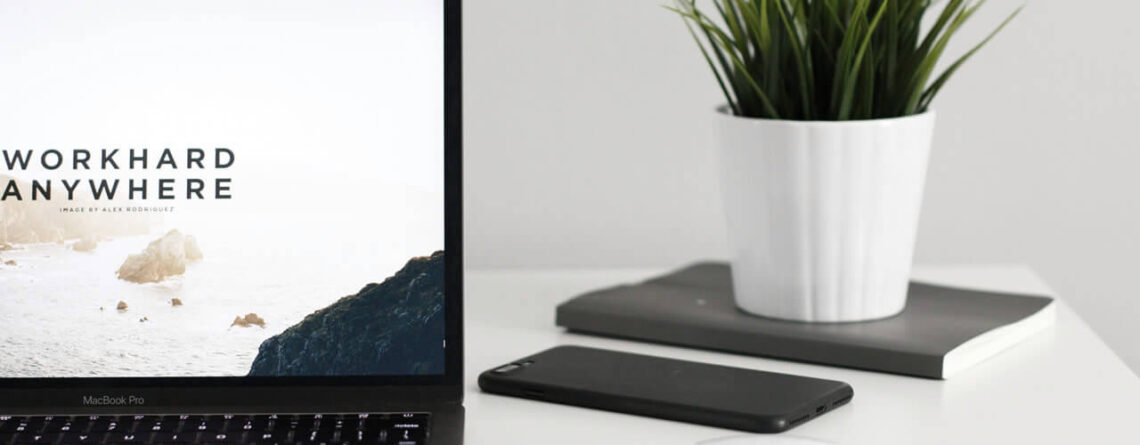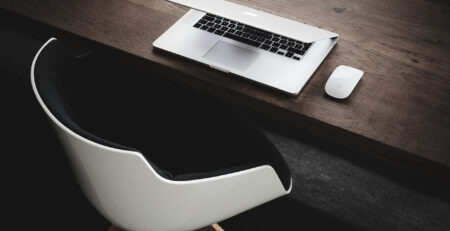Ugly vs. Good-Looking Web Design
In the realm of web design, aesthetics play a pivotal role in shaping user perceptions, engagement, and overall satisfaction. The distinction between ugly and good-looking web design extends far beyond mere visual appeal, encompassing factors such as usability, functionality, and user experience. Let’s delve into the characteristics of each:
Ugly web design is characterized by a lack of visual harmony, coherence, and user-friendly elements. It often exhibits the following traits:
- Cluttered Layout: Ugly websites tend to overwhelm users with cluttered layouts, excessive content, and a mishmash of colors, fonts, and graphics. This lack of visual hierarchy makes it challenging for users to navigate and find relevant information.
- Poor Typography: Ineffective use of typography, such as small font sizes, illegible fonts, or inconsistent typography choices, detracts from readability and diminishes the overall user experience. Ugly websites often neglect the importance of typography in conveying hierarchy and guiding user attention.
- Outdated Design Trends: Ugly websites may cling to outdated design trends or rely on excessive use of animations, flashy effects, and gimmicky elements that detract from usability and distract users from the website’s core purpose.
- Lack of Visual Consistency: Inconsistencies in design elements, such as color schemes, branding, and imagery, contribute to a disjointed and unprofessional appearance. Ugly websites fail to establish a cohesive visual identity that resonates with users and reinforces brand credibility.
- Non-Responsive Design: Ugly websites often neglect responsive design principles, resulting in poor performance on mobile devices and diminished accessibility for users on various screen sizes and devices.
Good-looking web design prioritizes aesthetics, usability, and functionality to create visually appealing, intuitive, and engaging experiences for users. It embodies the following characteristics:
- Clean and Minimalist Layout: Good-looking websites embrace clean, minimalist layouts with ample white space, clear navigation, and well-defined content areas. This simplicity enhances readability, clarity, and focus, making it easier for users to navigate and digest information.
- Thoughtful Typography: Effective use of typography, including appropriate font choices, sizes, spacing, and hierarchy, enhances readability and visual appeal. Good-looking websites leverage typography to create a harmonious and engaging user experience.
- Modern Design Trends: Good-looking websites stay abreast of modern design trends while maintaining a balance between innovation and usability. They incorporate subtle animations, intuitive interactions, and immersive visuals to enhance user engagement without overwhelming or distracting users.
- Visual Consistency: Consistent use of design elements, such as color palettes, imagery, and branding, fosters visual coherence and reinforces brand identity. Good-looking websites establish a unified visual language that resonates with users and conveys professionalism and trustworthiness.
- Responsive and Accessible Design: Good-looking websites prioritize responsive design principles to ensure seamless performance across devices and screen sizes. They also adhere to accessibility standards, making content accessible to users with disabilities and enhancing inclusivity and usability.
In conclusion, the distinction between ugly and good-looking web design extends beyond surface aesthetics to encompass usability, functionality, and user experience. While ugly web design detracts from user satisfaction and engagement, good-looking web design prioritizes aesthetics, usability, and accessibility to create visually appealing, intuitive, and engaging experiences that resonate with users and reinforce brand credibility.






Leave a Reply